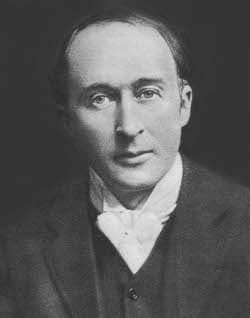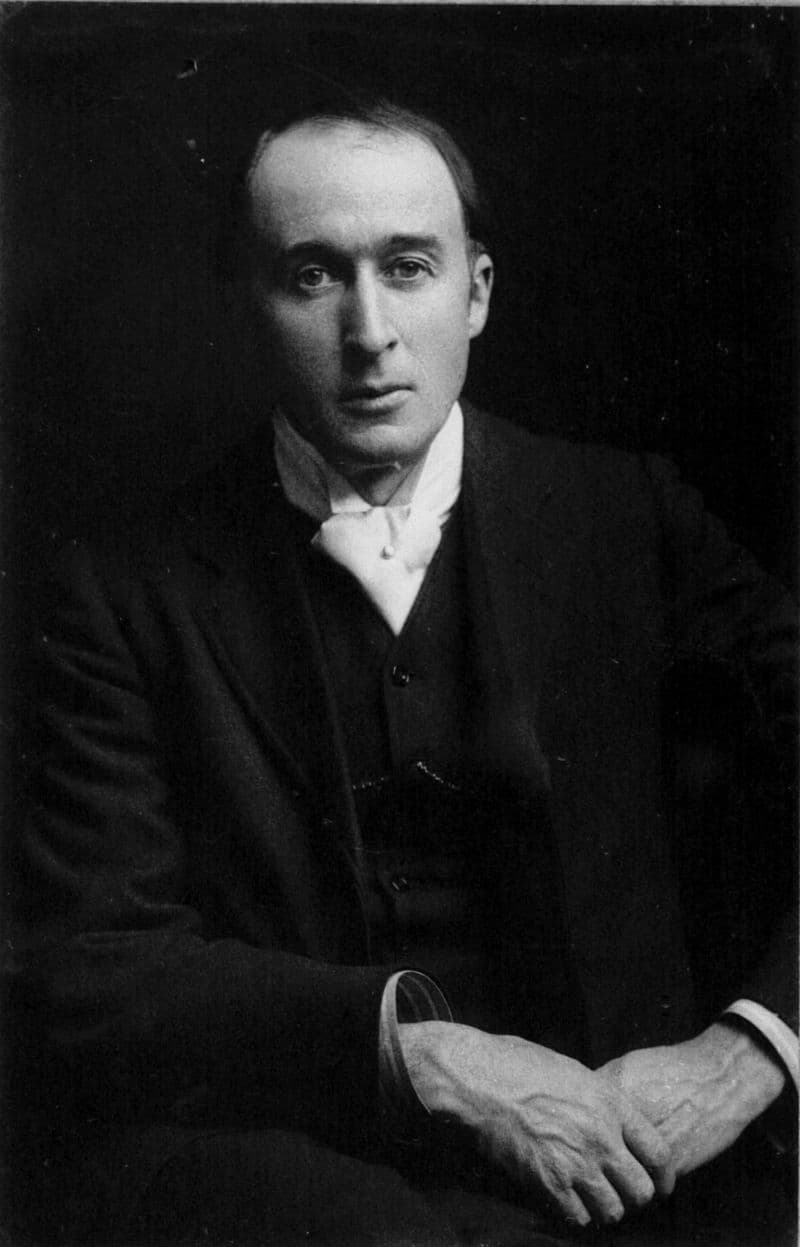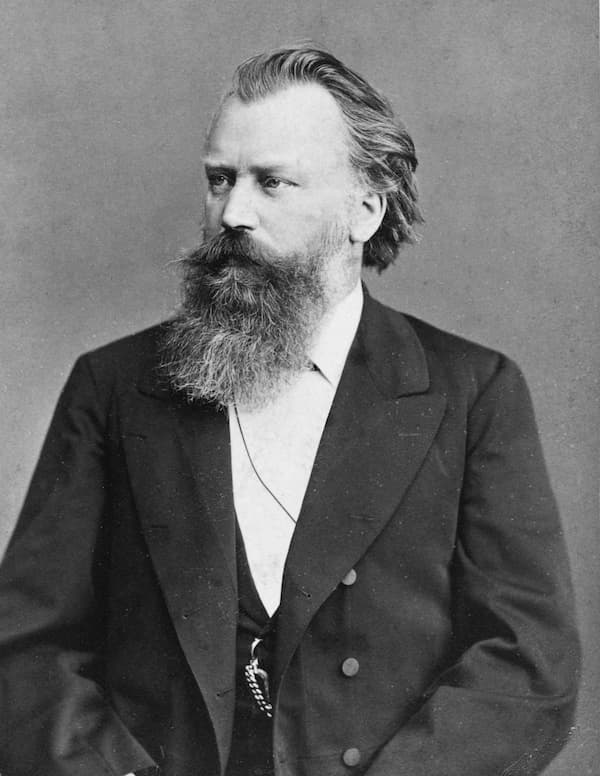In 1901, when critics heard the Eberfeld and Berlin premieres of Paris: The Song of a Great City by Frederick Delius (1862–1934), they agreed that it wasn’t a portrait of the city as much as ‘the morning after a night out in Paris’.

Delius, 1907
Written in 1899, Delius’ opulent tribute to the beloved capital of his adopted home country brings together many different elements of the city including its teeming activity, the nocturnal juxtaposition of nightlife, entertainment, and quiet contemplation, and, running beneath it all, the eternal river of the Seine.
Delius called the work a Nocturne and it’s intended to be a picture of the city at night with both its noisy cabarets and bars and quiet corners for dalliance and lyricism.

Frederick Delius
The work opens quietly with a slow Adagio before the Vivace of life on the street kicks in. We could think of it, perhaps, as the quiet drink at the corner bistro as you watch the world go by. The Seine is full of evening mist and Delius creates a low-tessitura opening by using bass clarinet and the other low instruments: double bass, bassoon, and cellos. The pall of night descends, and we hear street cries and the pipping of a goatherd. The city bursts in with a Vivace that brings in the woodwinds and then the strings take over the next section, an Adagio con espressione. The twilight time soon ends and becomes solidly night. New melodies, new rhythms, dances and dramatic moments, and, above all, a new drive for entertainment, are all part of the main section of the work. We end with dawn over the misty Seine as the opening music returns.
Frederick Delius: Paris: The Song of a Great City (New Zealand Symphony Orchestra; Myer Fredman, cond.)
In his score, Delius added these lines, giving his impressions of what was in the music.
Mysterious city –
City of pleasures,
Of gay music and dancing,
Of painted and beautiful women –
Wondrous city
Unveiling but to those who,
Shunning day,
Live through the night
And return home
To the sound of awakening streets
And the rising dawn.
Delius settled in Montparnasse in 1891 and was quickly part of the artistic communities of the Scandinavians (Grieg, the artist Edvard Munch, and the playwright August Strindberg) and of the leading French painters, writers, and composers such as Paul Gauguin, Paul Verlaine, Guy de Maupassant, Gabriel Fauré, Maurice Ravel, and Florent Schmitt.
In 1897 he moved to Grez-sur-Loing, outside Paris, with his fiancée and later wife, the painter Jelka Rosen, where he lived until his death.

Jelka Rosen: Frederick Delius, 1912
The music is one of his first orchestral works that shows Delius’ developed mastery of sound and atmosphere. It shows more than a little influence from Richard Strauss’ tone poems but still remains a uniquely Delian view.
For more of the best in classical music, sign up for our E-Newsletter

